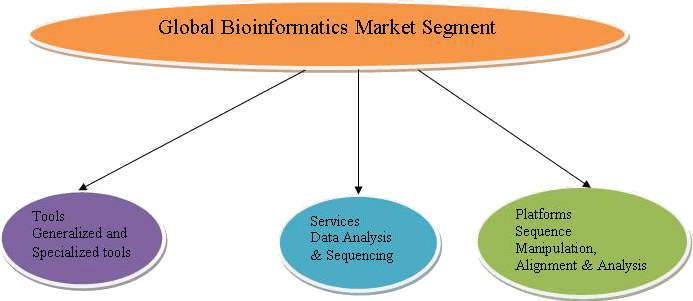New
findings suggest that an evolutionary arms race between rival elements within
the genomes of primates drove the evolution of complex regulatory networks that
orchestrate the activity of genes in every cell of our bodies.
The arms race is between mobile DNA
sequences known as "retrotransposons" (a.k.a. "jumping
genes") and the genes that have evolved to control them. The identified
genes in humans that make repressor proteins to shut down specific jumping
genes. The researchers also traced the rapid evolution of the repressor genes
in the primate lineage.
The primate genomes have undergone
repeated episodes in which mutations in jumping genes allowed them to escape
repression, which drove the evolution of new repressor genes, and so on. The findings
suggest that repressor genes that originally evolved to shut down jumping genes
have since come to play other regulatory roles in the genome.
Retrotransposons are thought to be
remnants of ancient viruses that infected early animals and inserted their
genes into the genome long before humans evolved. Now they can only replicate
themselves within the genome. Depending on where a new copy gets inserted into
the genome, a jumping event can disrupt normal genes and cause disease. Often
the effect is neutral, simply adding to the overall size of the genome. Very
rarely the effect might be advantageous, because the added DNA can itself be a
source of new regulatory elements that enhance gene expression. But the high
probability of deleterious effects means natural selection favors the evolution
of mechanisms to prevent jumping events.
The jumping genes or
"transposable elements" account for at least 50 percent of the human Genome and retrotransposons are by
far the most common types. The expansion of this family of repressor genes
occurred in response to waves of retrotransposon activity. Because repression
of a jumping gene also affects genes located near it on the chromosome, the
researchers suspect that these repressors have been co-opted for other
gene-regulatory functions, and that those other functions have persisted and
evolved long after the jumping genes the repressors originally turned off have
degraded due to the accumulation of random mutations.
"The way this type of repressor
works, part of it binds to a specific DNA sequence and part of it binds other
proteins to recruit a whole complex of proteins that creates a repressive
landscape in the genome. The idea that they are involved in repression of
jumping genes is not new, previous studies by other researchers have shown that
these proteins silence jumping genes in mouse embryonic stem cells. But until
now, no one had been able to demonstrate that the same thing occurs in human
cells.
The results demonstrated that two
human proteins called ZNF91 and ZNF93 bind and repress two major classes of
retrotransposons (known as SVA and L1PA) that are currently or recently active
in primates. Analysis of primate genomes, including the reconstruction of
ancestral genomes, which showed that ZNF91 underwent structural changes 8 to 12
million years ago that enabled it to repress SVA elements.
Experiments with ZNF 93, which shuts
down L1PA retrotransposons, provided a striking illustration of the arms race
between jumping genes and repressors. The researchers found that, while it is
good at shutting down many L1PA elements, there is one subset of a recently
evolved lineage of L1PA that has lost a short section of DNA that includes the
ZNF93 binding site. Without the binding site, these jumping genes evade
repression by ZNF93. Interestingly, when the researchers put the missing
sequence back into one of these genes and put it in a mouse cell without ZNF93,
they found that it was better at jumping. So even though the sequence helps
with jumping activity, losing it gives the jumping gene an advantage in
primates by allowing it to escape repression by ZNF93.







